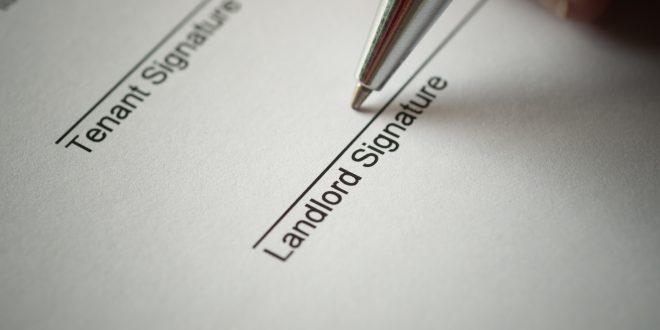If you are either currently or considering becoming a real estate investor and you plan on renting out your condo investment property, it’s important to fully understand what you can and cannot do as a landlord of your property. Specifically if your investment takes the shape of a new condo, the devil is often in the details.
Here is a great example to consider. Recently, three Ontario Divisional Court Judges made a ruling that landlords were not allowed to enter an occupied property in order to take pictures. The ruling clearly stated that landlords can only enter an rental property is if the lease states that they may, if and only if they receive written consent from the tenant, for each entry request.
In one case, the Ontario Landlord and Tenant Board had evicted a tenant who would not allow their landlord to take pictures in order to list the property for sale. The tenant only refused because pictures of their personal items would be available on the Internet. The Ontario Land and Tenant Board evicted her stating that the lease allowed entry to the landlord under any circumstances. However, during the appeal process, the Divisional Court Judges stated that the lease was in fact not written with that specific stipulation.
According to sections 26 and 27 of the Residential Tenancies Act of 2006, the landlord may only enter a property for certain reasons. These reasons include a case of emergency, to clean the unit if the lease states that it needs to be done by the landlord, to show the unit to prospective tenants, to do repairs, to allow a potential mortgagee or insurer to see the property or to carry out an inspection of a property. A landlord needs specific permission from the tenant to enter for any and all other reasons.
For the appeal, the judges stated that even though the landlord was allowed to enter the property and show it to prospective tenants, there was nothing in writing that allowed the landlord to take pictures whilst inside the property.
This appeals case had a different ending than another one a few years back. In that case, a landlord had taken pictures inside a property for a damage inspection. Those pictures were eventually deemed necessary because they were taken for inspection purposes and were therefore allowed in the Residential Tenancies Act. These pictures would have been for the sole purpose of the inspection and would not have been placed on the Internet.
With this recent court decision, many landlords need to be a little more prepared when writing a lease. Anything that the landlord can add to the lease in the beginning may prevent a problem in later years to come.
 StoryLine By CondoNow
StoryLine By CondoNow




